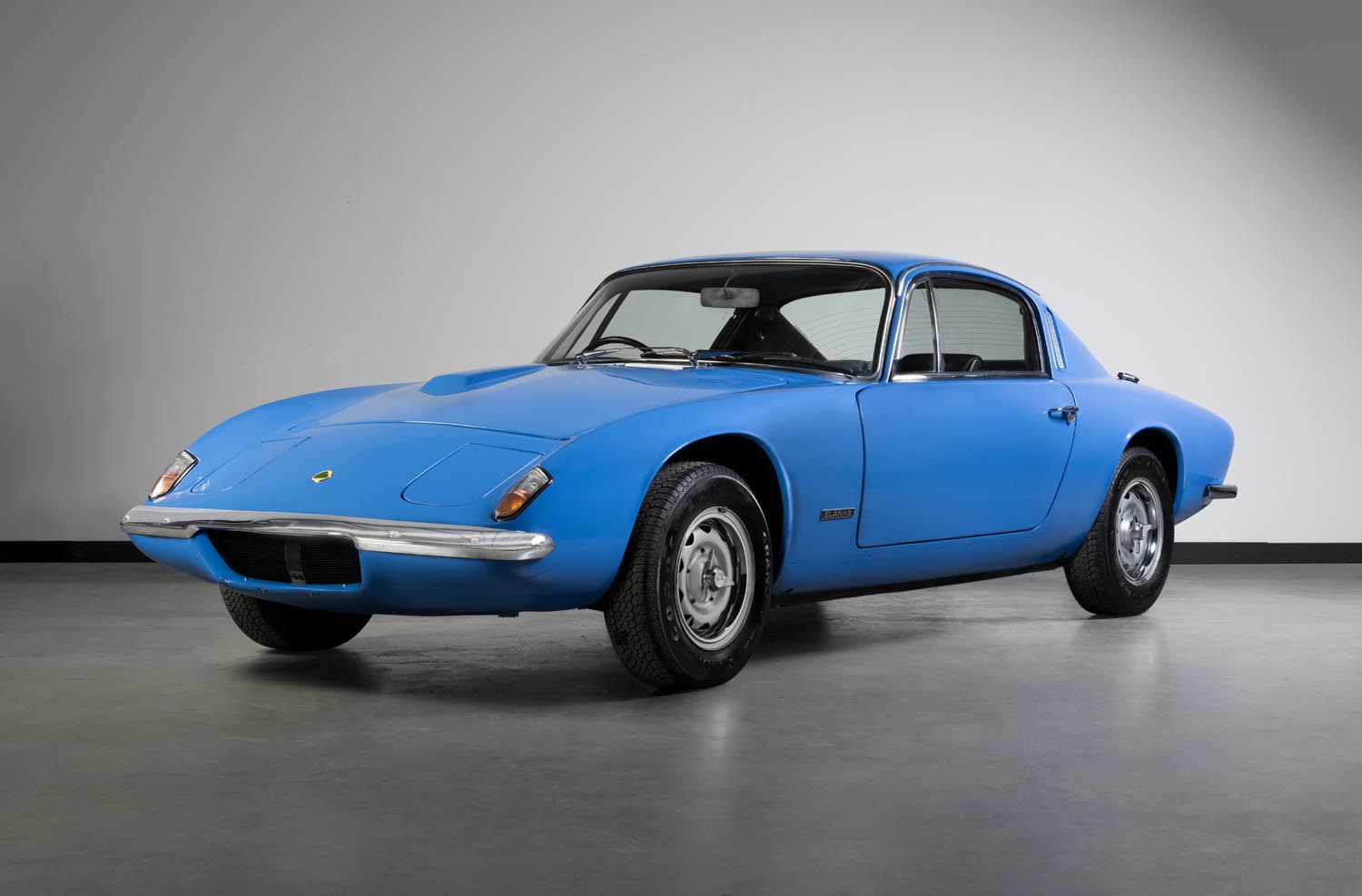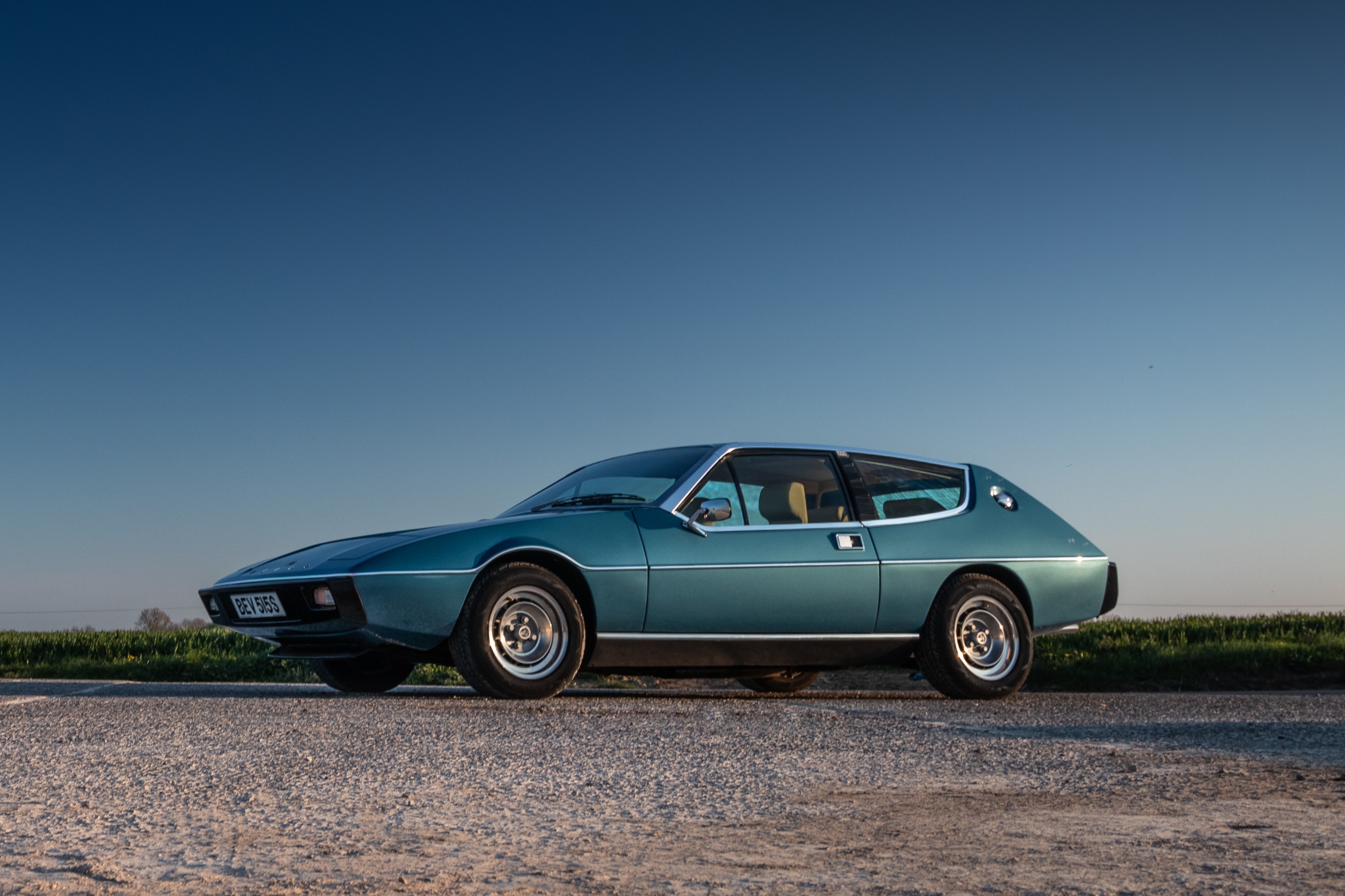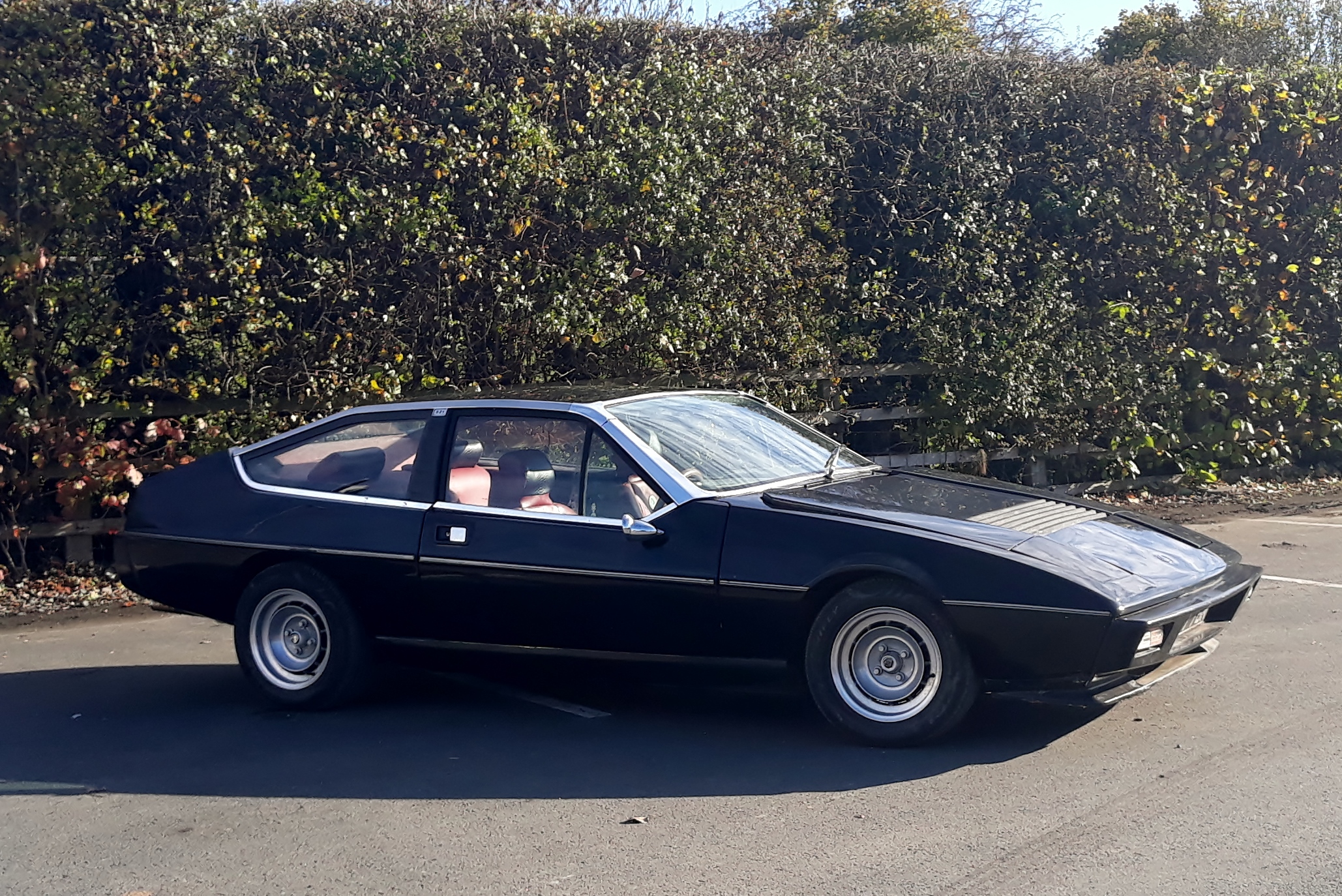Four-seat Lotus cars
The launch of Lotus’ Emeya fully electric hyper GT will undoubtedly divide opinion among the brand’s faithful. As well as being an EV, it’s the firm’s first ever four-door car with its own badge on the bonnet, which means it has four seats in the cabin. However, this is far from the first Lotus to come with four seats.
We have to look back as far as 1967 to spot the original family driver’s Lotus in the shape of the Elan +2. It was a contentious model in its own way when it was unveiled as it took the popular Elan in a very different direction to the original. Not only that, the +2 had a much more wedge-shaped nose and, contrary to Colin Chapman’s usual thinking, it added weight due to its 12-inches longer wheelbase to make room for those rear seats.

Image credit: Type 50
Lotus’ engineers also widened the +2’s track to make sure it handled in the same way as the two-seat models. Power came from a 118bhp twin cam engine, which allowed for a top speed of 123mph thanks to that aerodynamic snout. Acceleration wasn’t bad either as this Elan could crack 0-60mph in 8.3 seconds, which was more than decent in 1967. All of this made the +2 a far better seller the Lotus dared hope for, notching up 5,200 sales by 1974 which was good going for Lotus. A fair few of these sales came from the more powerful 130 model that had the same big valve engine as the Elan Sprint with 126bhp for added oomph.
Just as vitally as this performance, the Elan +2 could really carry a family of four. There was more than enough space in the back for two kids, or even a couple of adults if they didn’t mind a bit of a squeeze to get in and out. Round the back, the boot was a decent size, while back in the cabin there was a walnut dash and electric windows to add some luxury to this more grown-up Elan.

Spurred on by the success of the Elan +2, Lotus decided to replace this car in 1974 with not one but two new four-seat models. With bold wedge styling, the Elite and Eclat were very much at the leading edge of car design of the period. The Elite was the more uncompromising of the pair with its cut-off rear end design that was an extreme take on the sporting estate theme made popular by the Reliant Scimitar. Like the Scimitar, the Elite used a glass fibre body and separate chassis, albeit a backbone frame like the earlier Elan’s. This allowed for low floors and more than decent space inside the cabin, though with a large transmission tunnel to cover the central spine of the chassis.

Image credit: Bridgewells
In a bid to move further upmarket with the Elite and Eclat, Lotus introduced a new 2.0-litre slant four engine, which allowed for that swoopy front end while offering 160bhp. Driving through a five-speed manual gearbox, with an auto transmission also offered, the Elite was good for 0-60mph in 7.8 seconds and 125mph – both more than enough to keep a Ford Capri 3.0 at bay. The Eclat was brought in alongside the Elite as even Lotus realised not everyone would warm to the Elite’s styling. Using the same chassis and mechanical package, the Eclat was a popular model and offered decent room in the back in its sculpted seats. However, its rear end design also meant less boot space than the Eclat, though plenty of buyers were happy to make this sacrifice.
By 1985, the Elite had left production a couple of years before and the Eclat was replaced by the Excel. Rather cunningly in Lotus’ usual manner, the company launched this four-seater as the Excel Eclat to avoid paying for another round of Type Approval to put it on sale. There was some justification for Lotus’ crafty move as the Excel used the same chassis and suspension, but a 2.2-litre version of the slant four motor would provide 180bhp in the SE. You could also have the standard 160bhp motor and the SA model came with an automatic gearbox.

Image credit: Silodrome
The Excel remained in production until 1992 and proved Lotus was now an established maker of premium sports cars thanks to its good looks and pace. It also offered buyers an alternative to the likes of the Porsche 924, Mazda RX7 and Ford Capri. There was also the Toyota Supra, from which Lotus had lifted the Excel’s five-speed manual gearbox.
As the Lotus range was rationalised in the 1990s and the Elise became the base for all of its models as even the Esprit faded away, it seemed that was the end of Lotus’ four-seater experiment. However, there is one lesser-known model that bridges the gap between Excel and Emeya – the Evora. With a supercharged 3.5-litre V6 engine, again another lift from Toyota, that produced 276bhp, this mid-engined machine was good for 0-60mph in 4.9 seconds and a top speed easily north of 150mph. All this and, it was claimed, it could carry four people.
However, this was where perception met reality and there was no way even young children could fit in the back seats of the Evora. Lotus might have provided twin three-point seat belts back there, but the space was best regarded as additional luggage storage to augment the meagre 2160-litre boot. It wasn’t long before Lotus acknowledged this paucity of seat space and didn’t bother making use of it for faster versions of the Evora that came along with power rising to as much as 430bhp in the GT430 Sport model.
Now, Lotus customers again have the choice of a four-seat model in the line-up and it follows in some notable wheel tracks, even if some attempts by Lotus to fit four seats into its cars have been more eclectic than others.
What do you think about the new model?

COMMENT